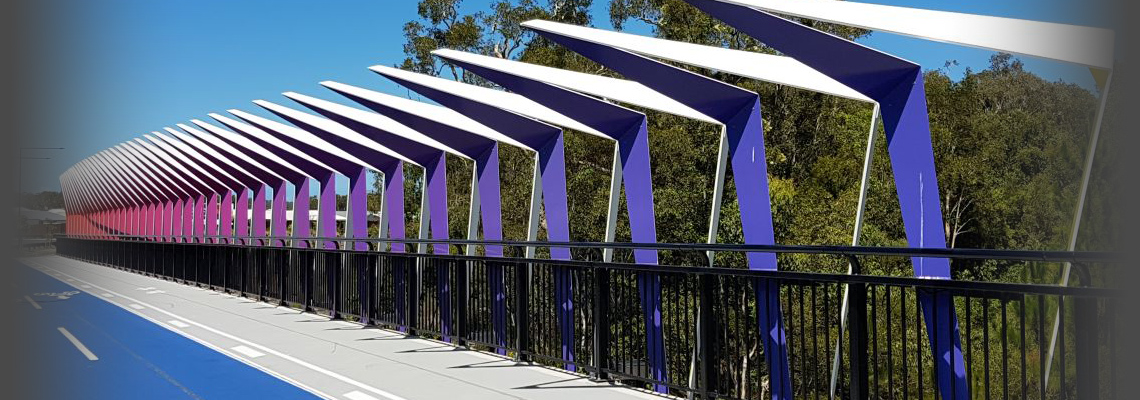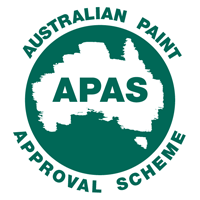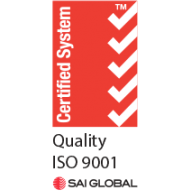Click below for answers to your product questions:
There are many factors that cause colour variation in coatings including…
a. Minor batch to batch variation in colour due to factors beyond the manufacturer’s control.
b. Variation in light source (ie incandescent, fluorescent, halogen or natural light).
c. Variation in gloss level, even very minor will influence colour.
d. Variation in application method e.g. airless spray, air spray, brush, roller.
e. Variation in application technique even within a particular method.
Ideally all coatings for a critical elevation or façade would be applied with the following constants…
a. One batch of paint.
b. Absolutely consistent application technique.
c. The same clean spray gun and controlled pressure.
d. The same amount of thinners added.
e. The same film thickness.
f. The same temperature, or a controlled environment, for both application and cure.
g. All panels fastened in the same orientation as sprayed.
Metallic Coatings are especially susceptible to application technique because of the flip or alignment of the metallic flakes within the coating. These flakes give the coating a depth of color that is visually exciting, but also makes perfect color uniformity difficult. The viewing angle effect puts a premium on straight line installation. Panels that appear the same color when viewed in the same plane may look different if cocked only a few degrees out of level with each other. We have seen jobs where the most objectionable color variation was due solely to the installation process.
When coating metallics the points outlined in 2. above are especially critical, for example, the same air pressure, the same amount of thinners etc.
With epoxies, some colours are prone to colour variation. This is especially the case with greys, and is because the white titanium dioxide pigment is much heavier than the black pigment. It is therefore more likely to sink to the bottom of the film at varying intensities. This can be overcome by minimizing cutting in, or by thickening up the coating. However this may give a more textured surface. Another option is to overcoat with a polyurethane less susceptible to the problem. In any case, epoxies will yellow or change colour over time much more than a polyurethane. A&I Technical Staff are glad to provide advice on this subject.





